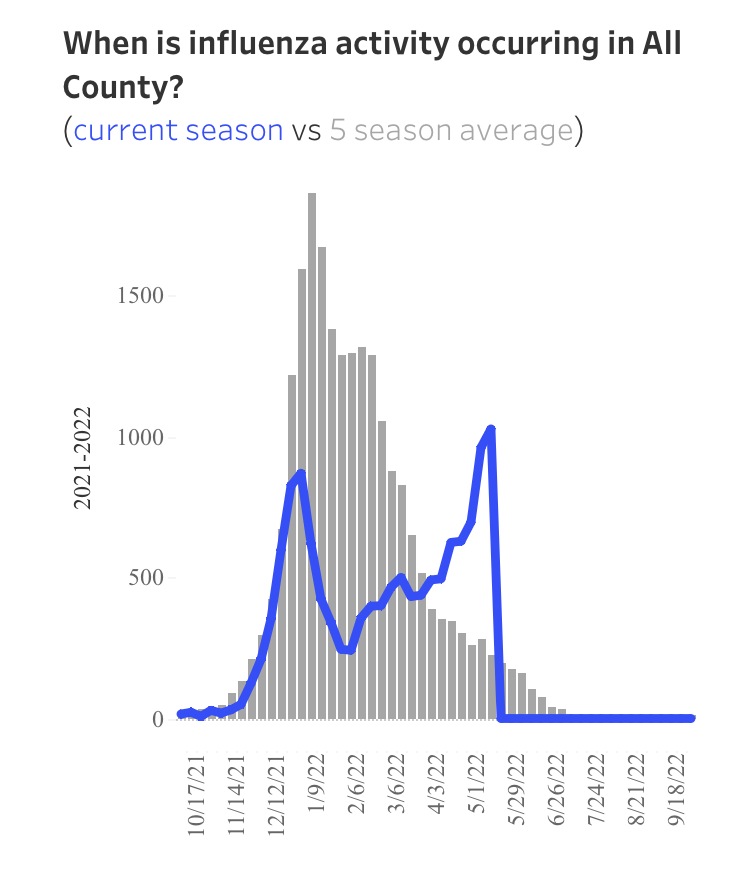Parents with kids under 5 years old have been anxiously awaiting an opportunity to get their kids vaccinated for COVID-19. In fact, it’s been more than 18 months since vaccine was authorized for adults. Many things slowed down the process, but primarily because the clinical trials for kids under 5 were the last to be conducted and the dosing and spacing of the vaccine to determine safety and efficacy was trickier.
The day parents of toddlers have been waiting for is finally almost here. The FDA’s advisory committee (Vaccines and Related Biological Products Advisory Committee) is meeting on June 14th and 15th and is expected to recommend that the FDA Director issue an emergency use authorization of the Pfizer and Moderna vaccine for kids 6 months old to 5 years old shortly after the meeting. CDC is expected to quickly follow suit and recommend the vaccine.
The Pfizer vaccine will be a 3-dose series with the second shot 3 weeks after the 1st and the final dose 2 months after that. The Moderna series will be 2 doses 4 weeks apart. Clinical trials found that the Pfizer 3-dose series was 80% effective at preventing infection while Moderna’s 2 shot series came in at about 40%. Perhaps that 3rd dose is making the difference. Also, keep in mind that the clinical trials were conducted pre-Omicron, so the actual efficacy for both may be a smidge lower.
In anticipation of FDA authorization & CDC recommendation, states are now able to start ordering vaccine for 6 months to 5-year-olds. Arizona’s initial allocation is about 200,000 doses. There are roughly 400,000 kids under 5 years old in Arizona, so the initial tranche should cover roughly ½ of Arizona kids for their first dose.
Any pediatric, family practice provider or pharmacy that’s enrolled in ADHS’ Arizona State Immunization Information System (ASIIS) and has gone through the ADHS’ COVID vaccine ‘on-boarding process’ can order vaccine starting today (pharmacists can only vaccinate kids 24 months old and up… so some pharmacies may elect to not order the under 5 vaccines).
Ordering is through ASIIS, with a 200-dose maximum order limit for all providers that aren’t county health departments or tribal entities. Expected delivery for the first shipment of pediatric (under 5) doses is June 20th with a subsequent delivery expected on the 21st (contingent on those FDA & CDC decisions).
The supply of the new pediatric vaccine is expected to increase rapidly by the end of the month, and the 200-dose maximum order is expected to be dropped by the end of June.
Special Note: The ADHS, county health departments, and tribal partners collaborated to come up with the distribution plan (far different from the Director Christ era when partners found out major policy decisions in an ADHS media release or on the news).




